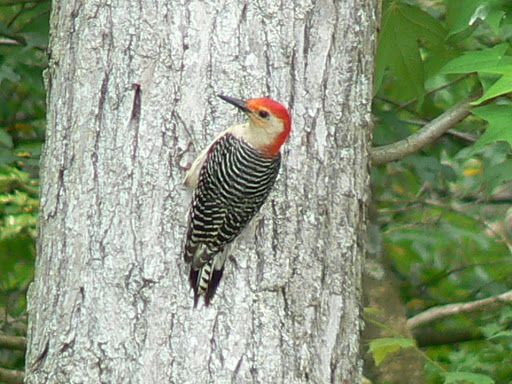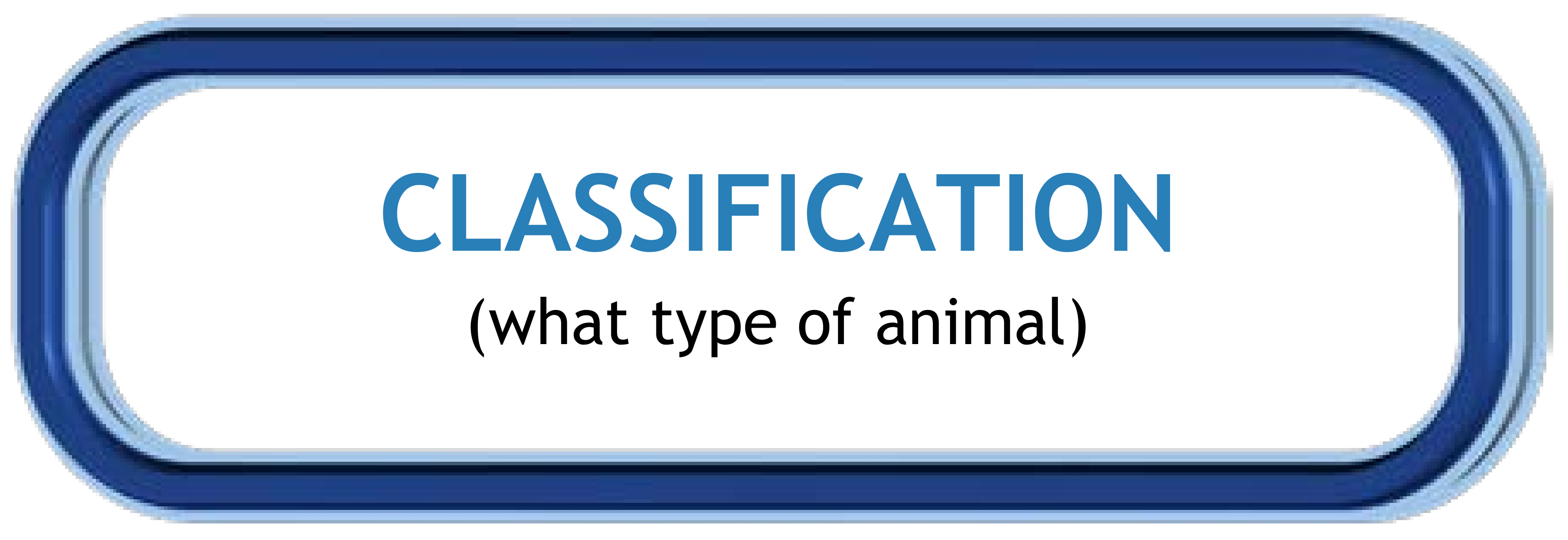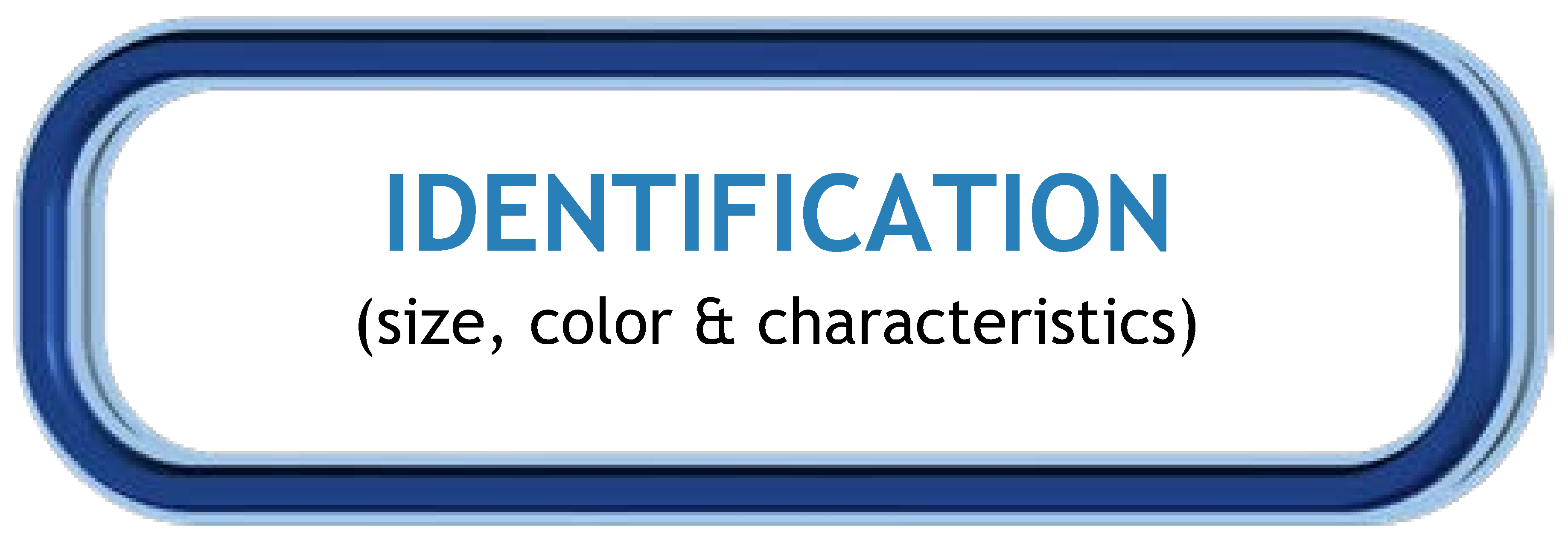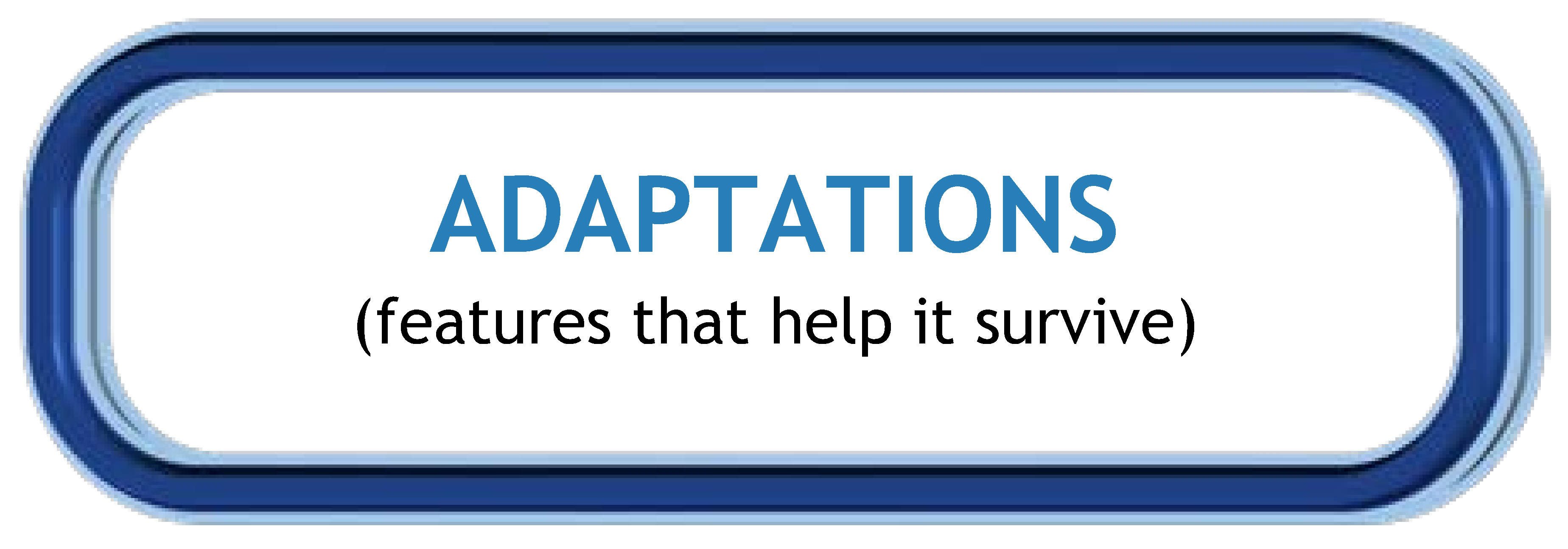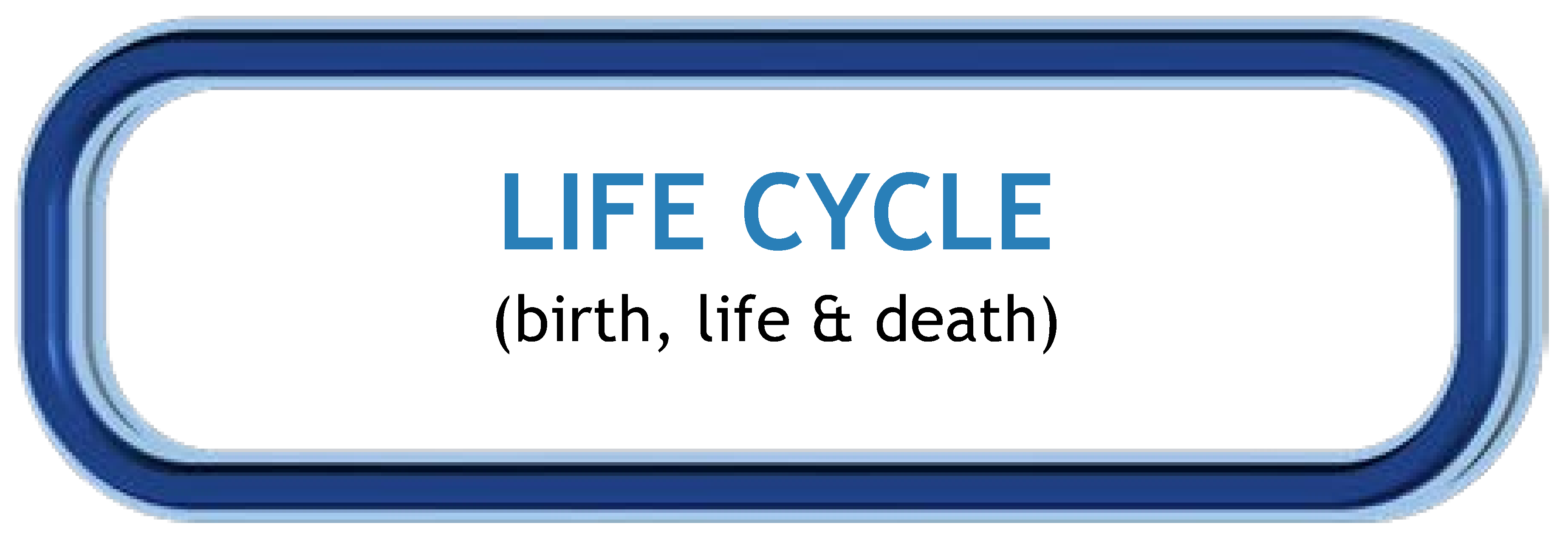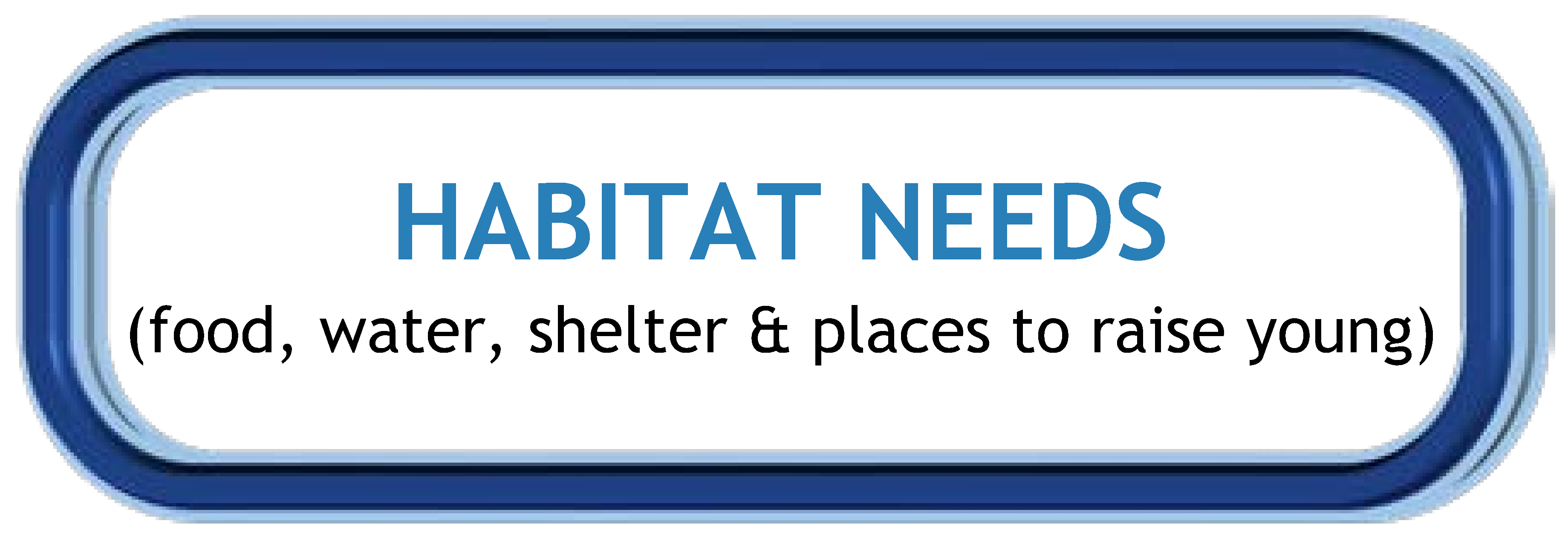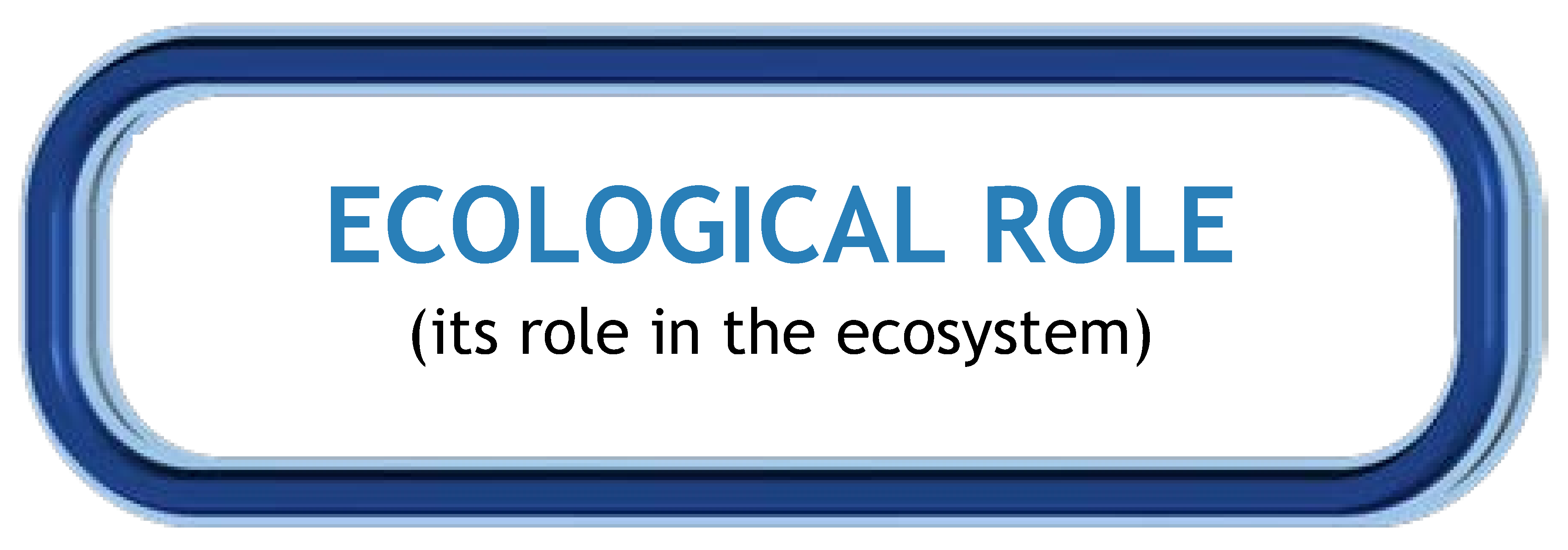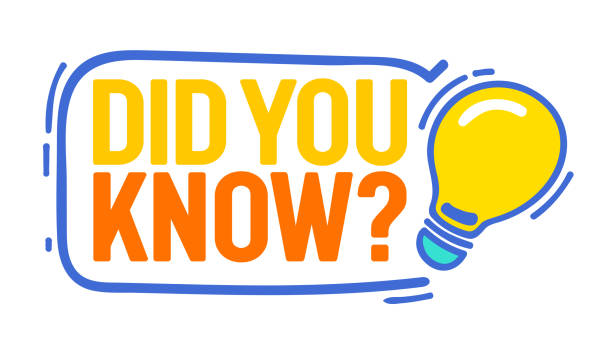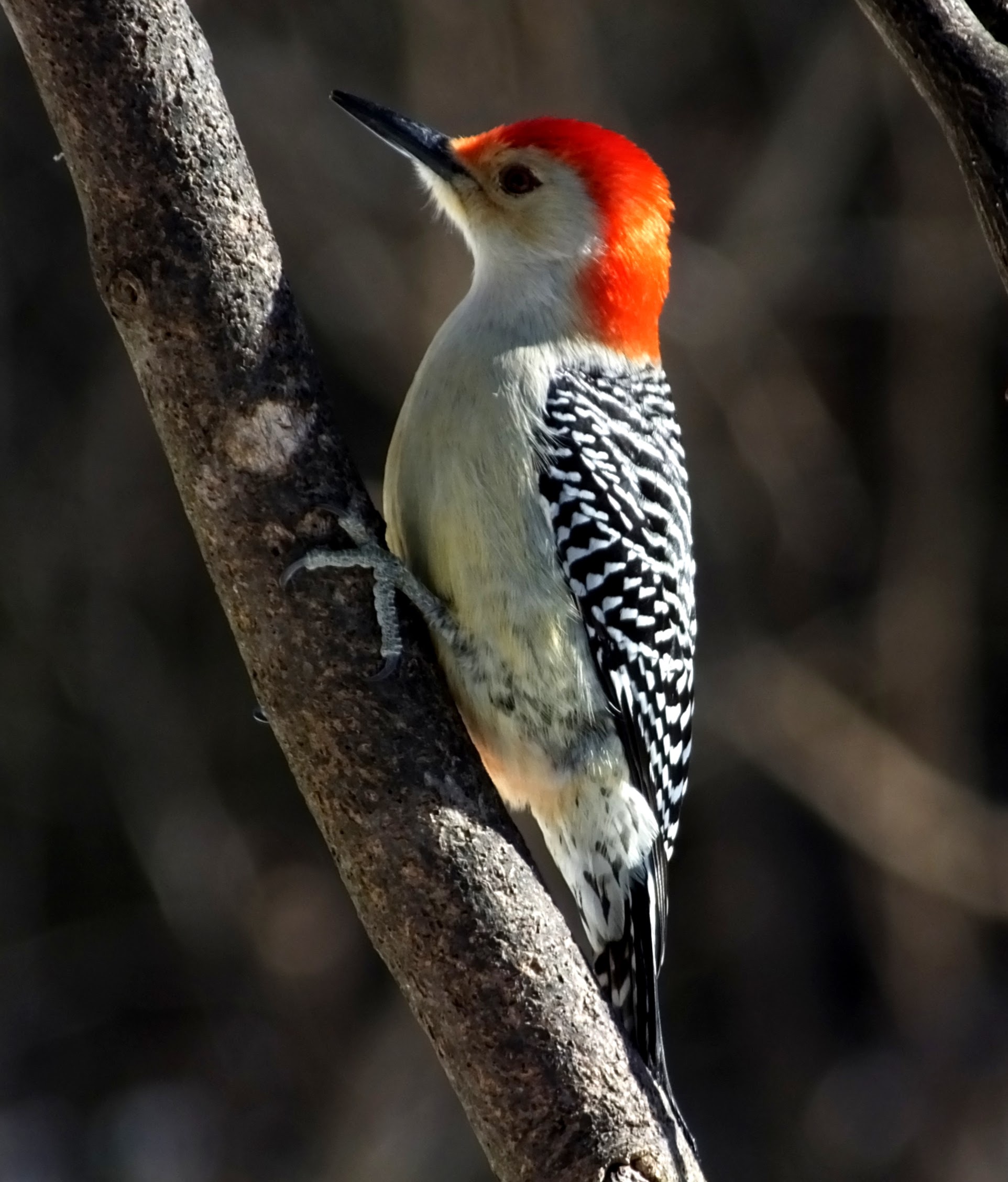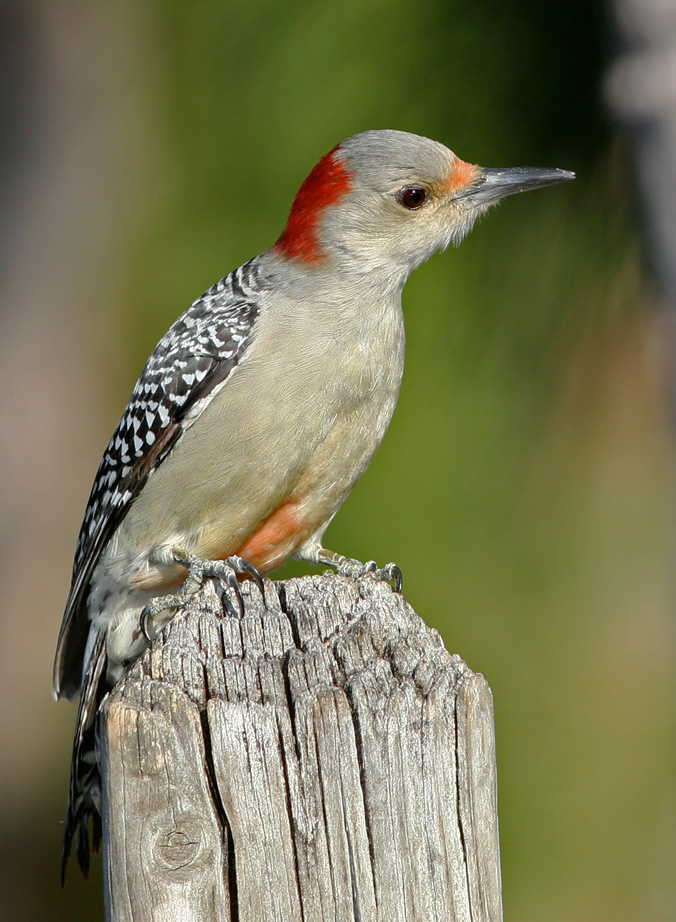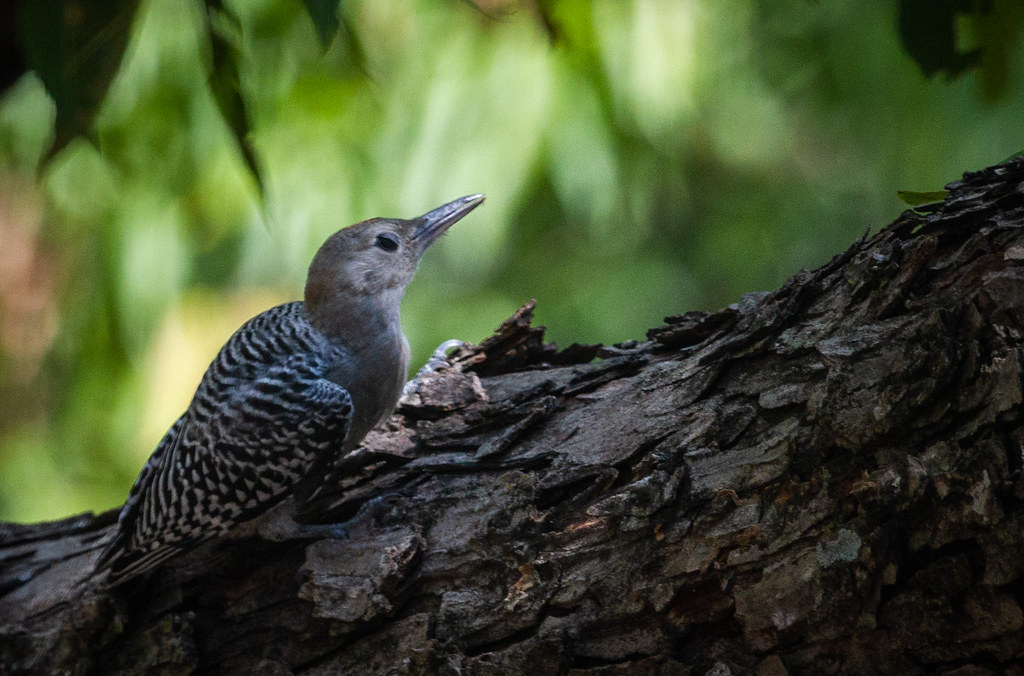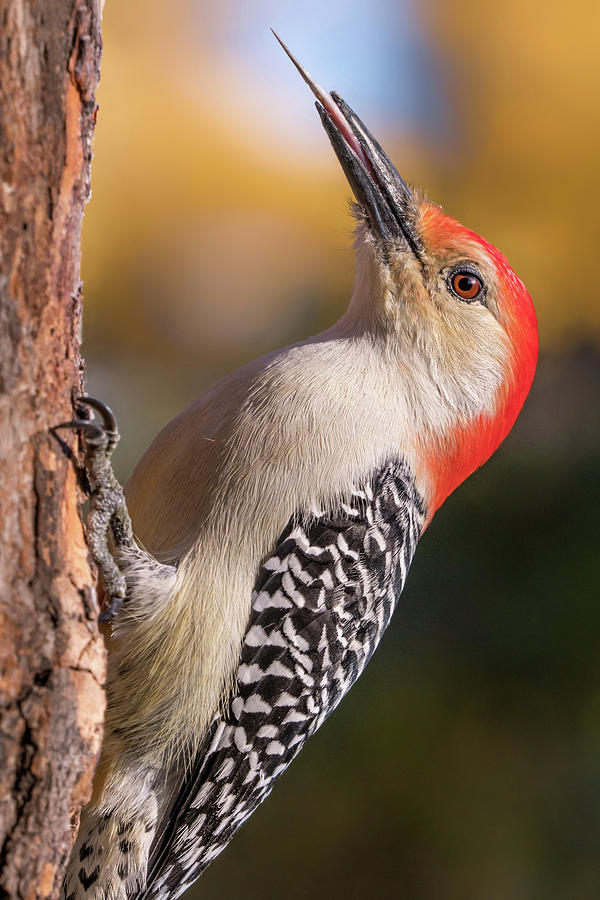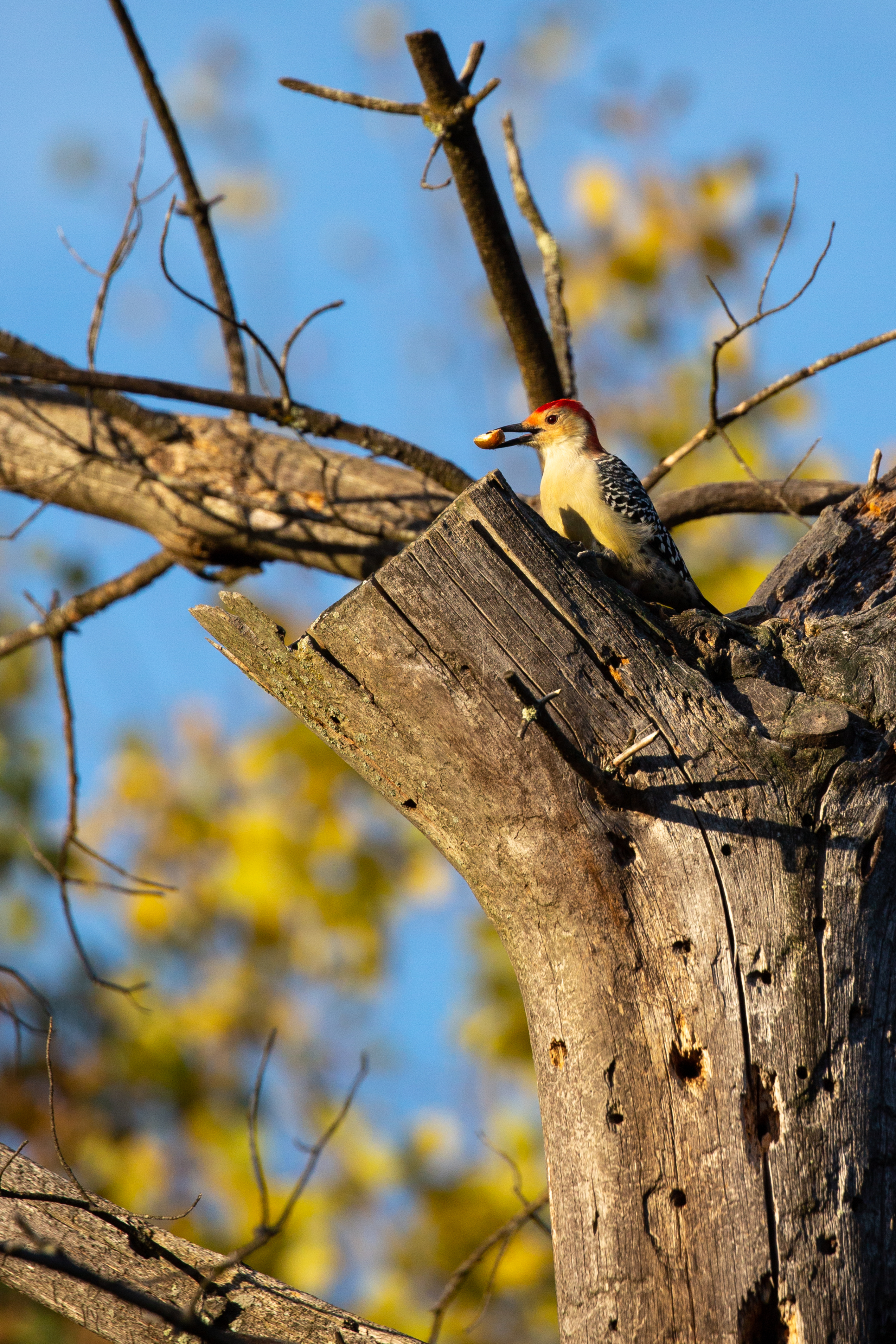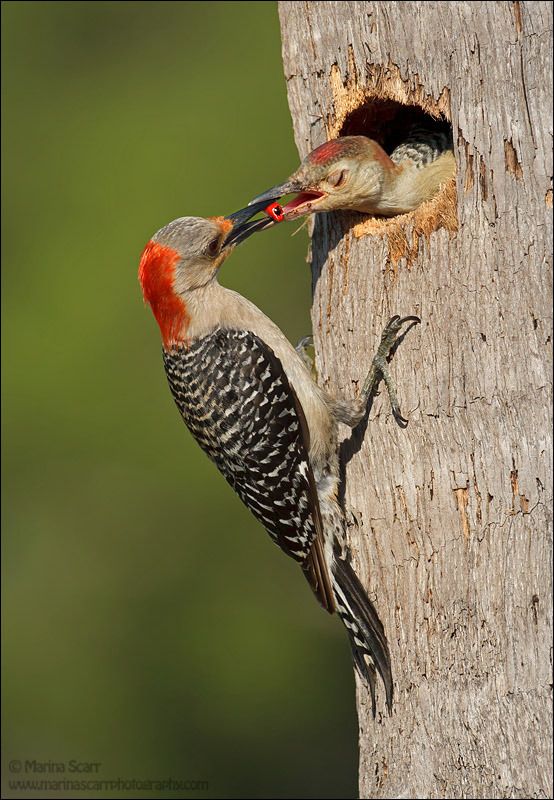Wonders of Wildlife: Red-bellied Woodpecker
| Red-bellied Woodpecker Scientific Name: Melanerpes carolinus Found in Alabama: Statewide Diet: Omnivore (eats plants and animals) |
|
| Red-bellied Woodpecker in Habitat Laura Perlick - USFWS Click on image to enlarge it |
Learn more about...
| CLASSIFICATION | ||
|
What type of animal am I?
|
|
|
| The Red-bellied Woodpecker is a BIRD! | ||
| IDENTIFICATION TIPS | |
Size: |
|
| Key Characteristics: |
|
| Males | Females | Young |
|
|
|
|
Male Red-bellied Woodpecker Wikimedia - Darton Williams Click on image to enlarge it |
Female Red-bellied Woodpecker
Jim Hughes (www.jimhphoto.com)
Click on image to enlarge it |
Juvenile Red-bellied Woodpecker
flickr - mirsasha
Click on image to enlarge it |
| ADAPTATIONS | |
| PHYSICAL ADAPTATIONS | |
| Woodpeckers have structures to help them balance on tree trunks: | |
|
|
| Woodpeckers have structures to protect themselves while they drum: | |
|
|
| Birds can fly: | |
|
|
| Birds can digest whole prey: | |
|
|
| Woodpeckers have special tongues: | |
|
Red-bellied Woodpecker Tongue
Tomfriedel (www.birdphotos.com) Click on image to enlarge it |
| BEHAVIORAL ADAPTATIONS | |
| Woodpeckers are diurnal: |
Red-bellied Woodpecker Storing Food in Tree
Dreamstime Click on image to enlarge it |
|
|
| Woodpeckers store their food: | |
|
|
| Life Cycle Stages of the Red-bellied Woodpecker | ||
Nest: |
|
Red-bellied Woodpecker Feeding Baby Marina Scarr Click on image to enlarge it |
Eggs: |
|
|
Young: |
|
|
Life Span: |
|
|
| NATURAL Habitat Needs |
ADULTS | YOUNG |
| Food |
|
|
| Water |
|
|
| Shelter |
|
|
| Places to Raise Young |
|
|
| BACKYARD Habitat Needs |
ADULTS | YOUNG |
| Food |
|
|
| Water |
|
|
| Shelter |
|
|
| Places to Raise Young |
|
|
| ECOLOGICAL ROLE | |||
| Animals play an important ecological role in the health of habitats and ecosystems. | |||
Food Source: |
|
|
|
Create Animal Homes: |
|
||
Competition: |
|
||
Seed Dispersal: |
|
||
INFORMATION SOURCES FOR THIS SPECIES
 |
||
|
|
 |
|
|
|
|
|
Other Sources: Birds Caching Food - Cornell Lab of Ornithology Birds of North America - Cornell Lab of Ornithology |
||
 Wildlife Tag
Wildlife Tag
